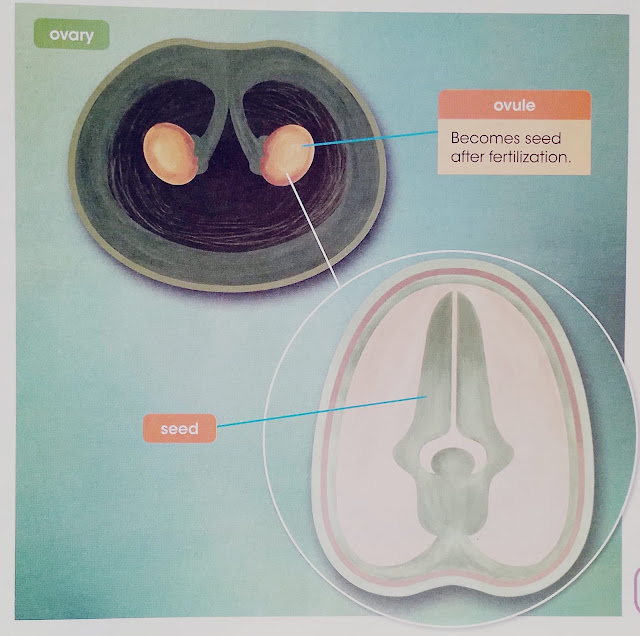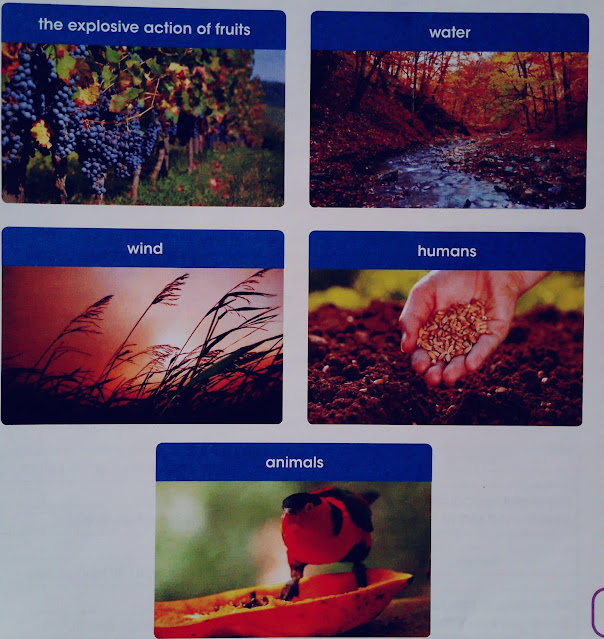What happens after Fertilization?
Guess What!
What part of these fruits do we usually eat? The protection? The seeds? Both?
These fruits have seeds, but we usually eat only the fleshy, protective part around them.
-
Apple
-
Peach
-
Mango
-
Plum
-
Pear
-
Watermelon (we eat the flesh, not the seeds)
-
Papaya (usually the flesh, not the seeds)
-
Cherry
-
Avocado (we eat the flesh, not the big seed)
🌰 We Eat the Seeds:
These fruits may have outer layers, but we mainly eat the seed itself.
-
Almond
-
Walnut
-
Pecan
-
Cashew
-
Pistachio
-
Sunflower seeds
-
Pumpkin seeds (pepitas)
-
Brazil nuts
👉 Note: Many of these are technically fruits or come from fruiting plants, even though we call them "nuts" or "seeds."
🍇 We Eat Both Protection and Seeds:
These are fruits where we typically eat both the outer part and the seeds inside.
-
Grape (with seeds, though seedless ones are popular)
-
Fig
-
Passion fruit
-
Pomegranate
-
Tomato
-
Cucumber
-
Strawberry (tiny seeds on the outside)
-
Kiwi (tiny seeds eaten with the flesh)
Let's talk biggest and smallest seeds in fruits:
🥇 Biggest Seed in a Common Fruit:
🥑 Avocado
-
The seed (or pit) can take up a large part of the fruit — sometimes up to 50% of the fruit’s volume!
-
Fun fact: Some varieties of mango also have very large seeds, but the avocado pit is generally rounder and bulkier.
🥇 Smallest Seeds in Fruits:
🍓 Strawberry
-
The tiny yellow or brown dots on the outside are achenes, which are technically the fruit — each one contains a tiny seed inside.
-
These are among the smallest seeds in common fruits — you can barely feel them when you eat them!



.jpg)
.jpg)


Comments
Post a Comment